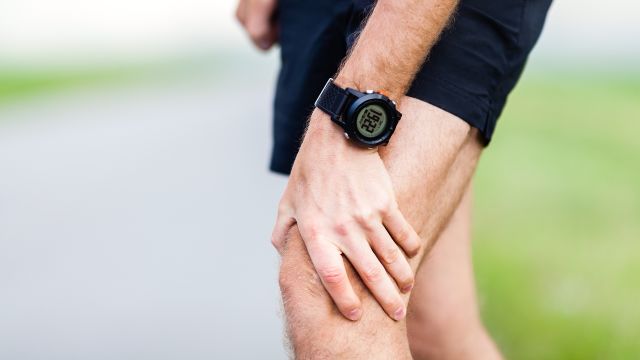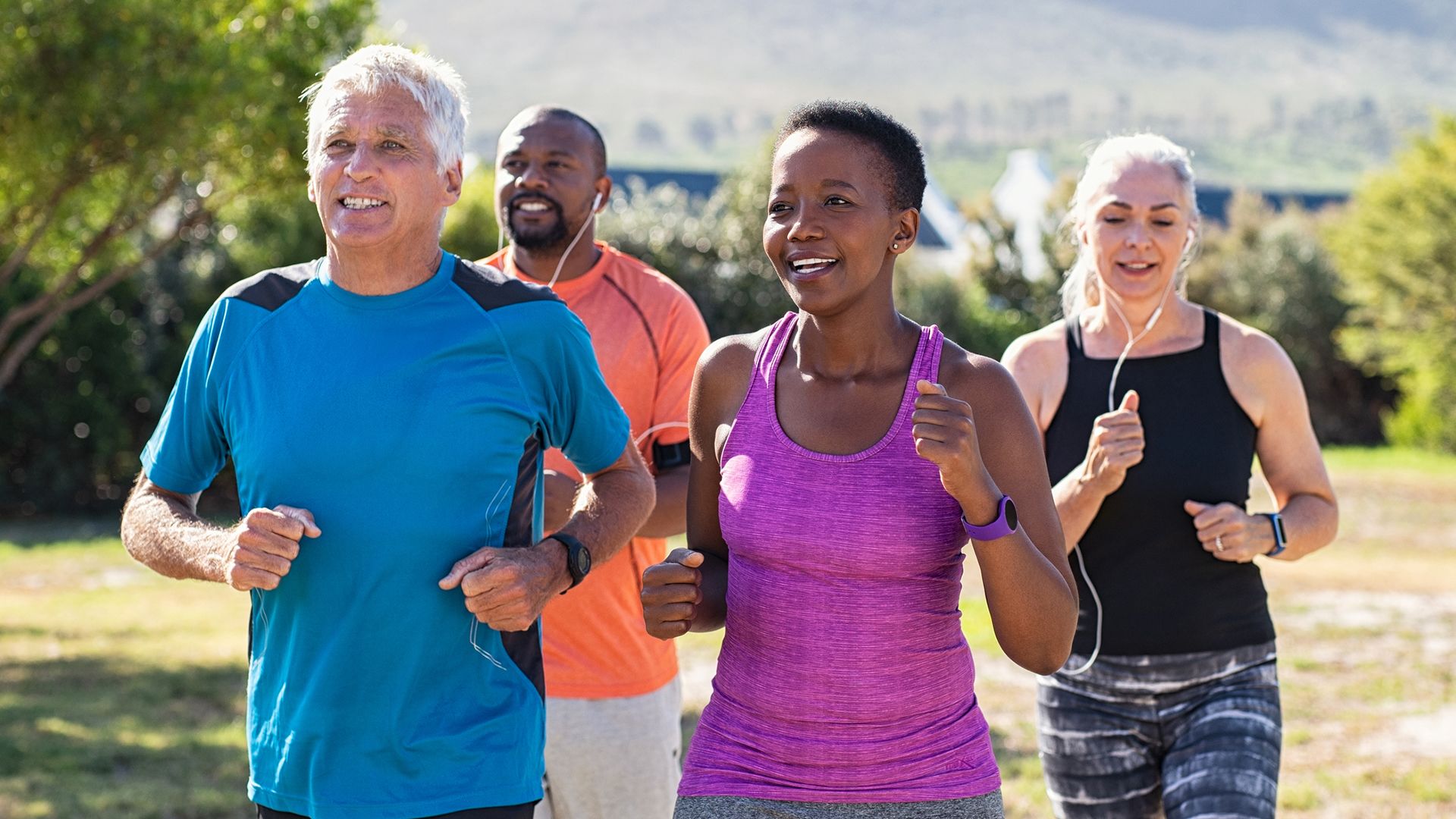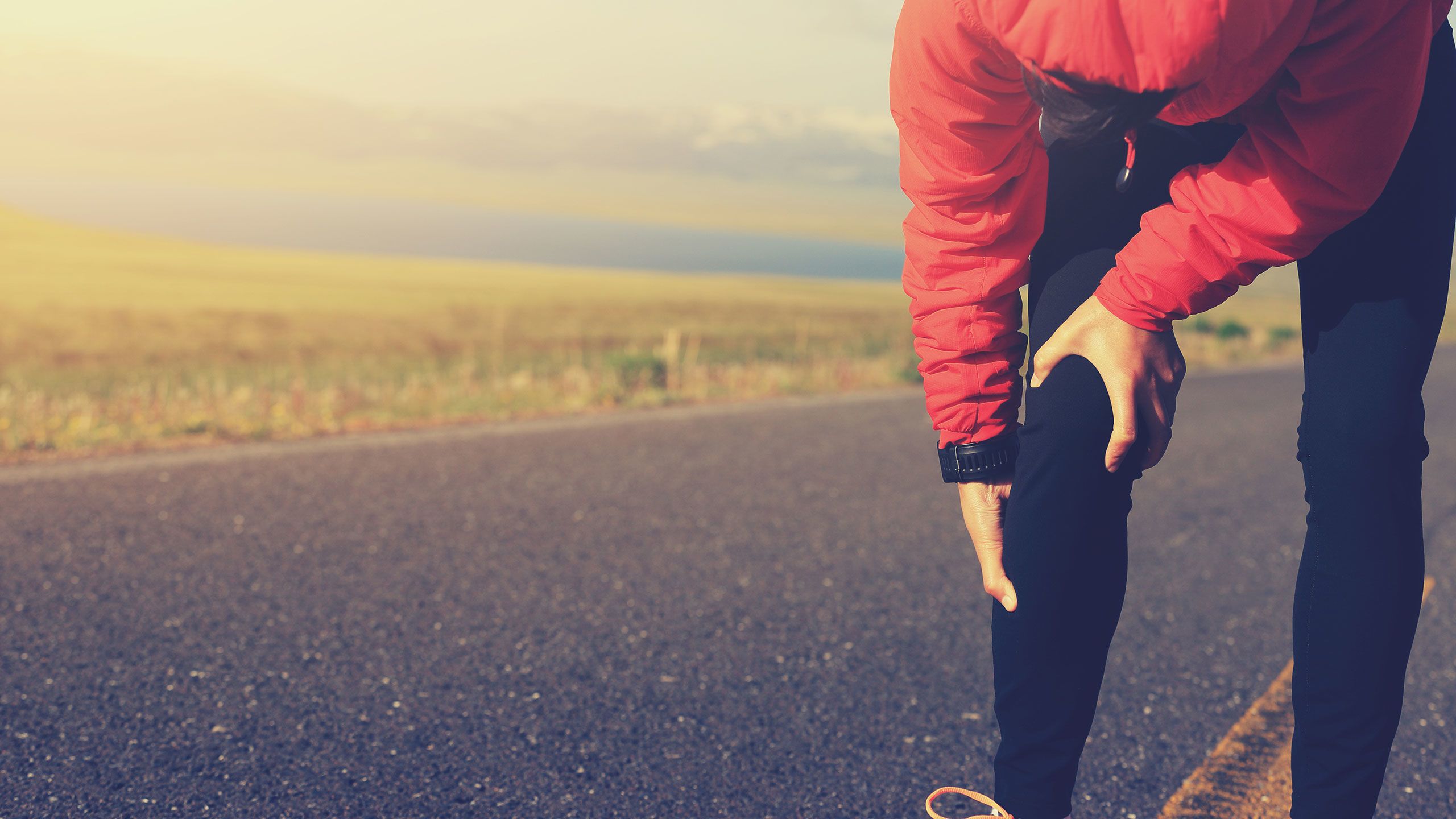Updated on June 8, 2022
When describing osteoarthritis to his patients, Chris Boggs, MD, a family practitioner at Grand Strand Medical Center in Myrtle Beach, South Carolina, says the easiest way to explain it is a loss of cushioning around the joint.
This form of arthritis, which is the most common chronic joint condition, affects nearly 50 percent of American adults over the age of 65, and 29.3 percent of people ages 45 to 64, according to the Centers for Disease Control and Prevention (CDC).
“Osteoarthritis is associated with some inflammation because the cushioning of the joints wears out and you have surfaces that were never intended to brush up against each other coming into contact,” says Dr. Boggs. In fact, joint pain and stiffness are the two most common symptoms of osteoarthritis. Pain can range from fairly mild to debilitating, he adds.
Although joint wear and tear normally occur over time, there are some risk factors that can accelerate the breakdown of the joints.
There are a variety of risk factors
Your weight plays a large role in the health of your joints. Extra weight puts additional pressure on your hips and knees, and over time the joint cushioning may break down. Extra fat tissue may also increase the number of inflammatory chemicals that can damage the joints. Joint injuries like fractures, tears, or surgeries may break down joint cartilage, too.
Your risk of osteoarthritis increases with age, but genetic defects in joint cartilage or any joint malformations may increase your risk of developing it earlier. It is more common for men to have osteoarthritis before the age of 45, but women are more likely to develop it after the age of 45.
If you have one leg that is longer than the other, your osteoarthritis risk may be higher. “People that have an asymmetric skeletal system will have an irregular surface connection in their hips and knees, and that may accelerate the osteoarthritis,” says Boggs.
Other health conditions like rheumatoid arthritis, hemochromatosis (an iron disorder), and acromegaly (a hormonal growth condition), may also contribute to a person’s osteoarthritis risk.
Treatments are available
People have tried a wide range of osteoarthritis treatments over the years, but pain relievers like acetaminophen and non-steroidal anti-inflammatory drugs (NSAIDs), like aspirin and naproxen, are the most common, says Boggs. Talk to your healthcare provider (HCP) before taking any medication to treat osteoarthritis. Acetaminophen, for example, may not work as well as an anti-inflammatory and may not be the best choice for you.
Be aware of side effects that can occur with taking NSAIDs, which may include:
- An increase in blood pressure: If you’re being treated for high blood pressure, ask an HCP about the safest dosage for you or whether you should be taking it at all.
- Upset stomach: Long-term use may leave to peptic ulcers.
- Liver toxicity: High doses over the long term may cause harm.
- Kidney toxicity: Even short-term use may be damaging.
- Ringing in the ears: High doses of aspirin may lead to this side effect.
Other treatments include injectable anti-inflammatory medications, joint surgery, and mobility aids such as canes, walkers, splints, and shoe orthotics. Physical and occupational therapies can help with range of motion and increased flexibility. Swimming is a great exercise for people with osteoarthritis because it reduces the impact on joints, bones, and muscles. A study published in 2022 in the Journal of Orthopaedic Surgery and Research showed that aquatic physical therapy for people with knee osteoarthritis provided significant pain relief.
Hot and cold therapies—such as a heating pad or a soak in a hot tub or warm bath—can offer relief from pain and stiffness. Heated paraffin treatment is another option that’s been around for years, says Boggs.
“You heat paraffin wax until it’s liquid and then dip your hands in and let the heat treat the joint,” he explains. “The paraffin decreases pain and increases mobility.”
If you’d like to give paraffin wax therapy a try, there a few precautions you should take:
- Avoid paraffin treatment if you have poor blood circulation.
- Avoid if you have lost feeling in your hands or feet.
- Wait until any wounds on your hands and feet have healed before trying paraffin treatment.
- Check the temperature: Wax should be no hotter than 125 degrees F.
- Be careful of fire. Paraffin can catch fire if heated too much.
When it comes to cold therapies, putting an ice pack or a bag of frozen veggies—wrapped in cloth or a thin towel to prevent skin damage—may reduce pain and inflammation in aching joints. Remember to use ice for no longer than 10 to 15 minutes at a time with 30 minutes in between applications. Submerging your joint in an ice bath may help, too.
Exercise can help with pain
Walking and strength training can help osteoarthritis patients manage their weight and manage pain. Before you start working out, talk with an HCP to determine the exercise regimen that’s right for you.
Exercises that emphasize a typical range of motion, like leg lifts and leg rotations, are good for osteoarthritis. These exercises encourage flexibility and minimize stiffness. The best exercise for you depends on where your arthritis is located, says Boggs.
Strength training exercises help build muscles around the joints that are affected. That can reduce joint pain, too. Aerobic exercises like swimming and walking help keep your energy levels high and may help you maintain a healthy weight.
In addition to regular exercise, stretching can also improve flexibility as well as ease joint pain and stiffness. Try stretching workouts like yoga or tai chi. Listen to your body and try not to push yourself beyond the point of discomfort.
Ignoring symptoms can lead to prolonged pain
If you let your osteoarthritis symptoms linger without treatment, the pain may get worse and it may start interfering with regular mobility.
“The joint is already worn out and is starting to have dysfunction. Ignoring it leads to prolonged pain that can start interfering with other aspects of life,” says Boggs. If you feel like you can’t exercise, leave your home, or you have difficulty with chores like cleaning as a result of joint pain, talk to an HCP.
Osteoarthritis is manageable
Even though osteoarthritis symptoms may be painful, the condition isn’t anything to fear, says Boggs.
“It’s not going to take your life, he says. “It’s better to be up front with it and address it in a realistic fashion.” Talking to an HCP about the treatments that will help you manage the pain and stiffness is the most important thing you can do.
“Even if we do replace the joint, you probably won’t be pain-free, but we’re going to help keep the pain to a level that’s more manageable and doesn’t interfere with your quality of life or daily living,” says Boggs.






